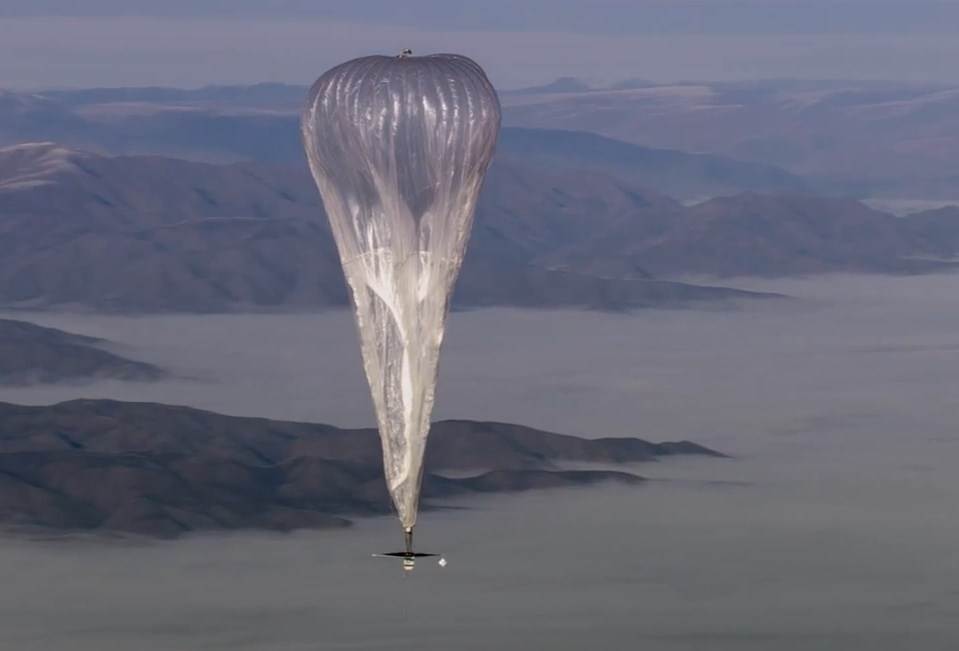RIO DE JANEIRO, BRAZIL – Remote regions of the Amazon in Peru are to be provided with access to the Internet using solar-powered gas balloons from Google‘s sister company Loon. Loon is working with Internet Para Todos Perú (“Internet for All Peru – IpT”), a private mobile phone provider for rural infrastructure that involves Spanish telecommunications operator Telefónica and Facebook, to name a few.

Mobile Internet in the rainforest
Self-gliding Loon balloons from the Alphabet subsidiary, which can autonomously set up a broadband network at a height of over 20 kilometers, are initially intended to connect parts of the Loreto rainforest region. The data will be transmitted via LTE mobile radio (4G). Loreto, Peru’s largest administrative unit, is largely covered by tropical rainforest.
The plan is to provide the inhabitants of this remote area with mobile Internet services via Telefónica. In the coming year, the catchment area of approximately 200,000 people is to be served. According to Loon, a quarter of the people living in the area do not even have access to a 3G network, and many have no reliable mobile phone service at all outside the populated areas.
Use in disaster areas
The Loon balloons are the result of a project launched several years ago by the research department “X” of Google’s parent company Alphabet.
The helium-filled balloons not only carry mobile radio technology on board, but also solar cells for their power supply. They communicate with each other and build an independent network over an area in the stratosphere. A self-learning Google software system handles the control and ensures that the Internet balloons are able to move up and down automatically to find and adjust their position.
At this altitude, air traffic is not disrupted and there is hardly any weather influence.
Peru is the first country in Latin America to use helium stations for permanent access to the Internet. To date, the technology has only been used in practice in non-commercial projects – in Peru, for instance, in disaster areas as a temporary replacement for mobile phone towers destroyed by El Niño floods in 2017.
Early this year, Loon balloons were also used to re-establish emergency connections when a powerful earthquake shook northern Peru.
In Puerto Rico, for instance, balloons from Google’s sister company were also launched after hurricanes had massively devastated the island state.

Continuous commercial operation in Africa
A first commercial test flight with Loon stations at 20 kilometers altitude has already been started in Africa. This summer, the company began supplying Kenya’s barely developed mountain regions with broadband Internet via LTE.
In Peru, Loon has been working with Telefónica since 2014. The local mobile operator Internet for All Peru was founded last year and is working with Telefónica to expand mobile Internet connectivity in rural areas.
The new plans envisage that Loon balloons will not only be used for inaccessible Amazon regions but will also complement the landline network. By 2021, more than 30,000 communities should be connected. However, the first continuous operation of the stratospheric balloons must still be approved by the Peruvian Ministry of Transport and Communications.
The technology seems sophisticated: Loon had declared in July that the fully-automated flying balloons had been in the air for a total of one million hours. The balloons had covered a ground area of 40 million kilometers.

